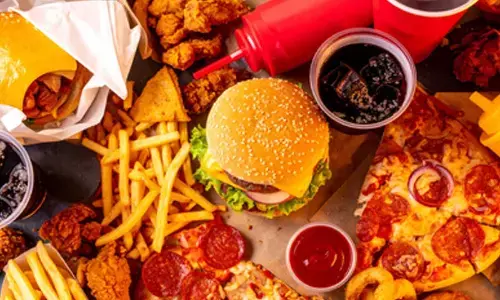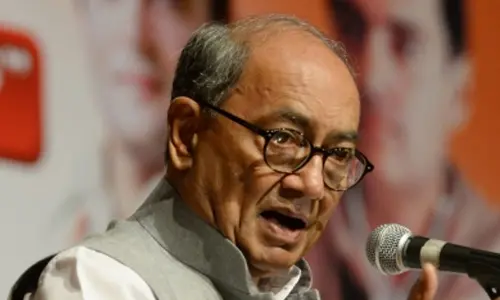LPG use in India to surge from record as government promotes cleaner fuel

About two-thirds of India’s population live in rural areas, typically using firewood, coal or dried dung cakes for cooking.
Singapore: India's demand for liquefied petroleum gas (LPG) rose to a record in the fiscal year ended in March amid government measures to provide cleaner cooking fuel to rural households, and analysts expect consumption to keep rising.
About two-thirds of India's population live in rural areas, typically using firewood, coal or dried dung cakes for cooking.
India consumed a record 24.9 million tonnes of LPG in the financial year 2018/19, 53 per cent higher than five years ago, and 6.9 per cent higher than the previous year.
The boost follows a social welfare programme, known as the Ujjwala scheme, launched by the government in 2016 that has provided about 72 million new LPG connections to households in 714 districts, according to official data.
"Supported by government policies, mainly through the 'Ujjwala Scheme' and a rising middle class population, LPG cooking gas penetration in Indian rural areas has been extremely robust," Sri Paravaikkarasu, director for Asia oil at energy consultancy FGE, said in an email.
Amid the Ujjwala programme, close to 80 per cent of Indian households have access to LPG as of the end of 2018, up from 56 per cent in 2016, according to FGE.
"Favourable government policies will support LPG demand to increase strongly in coming years," said Paravaikkarasu, adding her consulting firm expects LPG demand grow by 8 per cent in 2019 and 6.7 per cent in 2020.
Growing LPG consumption has kindled a surge in India's imports of the fuel, and analysts expect this trend to intensify.
India imported 13.2 million tonnes of LPG in the year to March 2019, a record high and more than double the import volumes in the 2013/14 financial year. Imports were 15.9 per cent higher than the previous year.
"The phenomenal growth in LPG usage will reduce India's self-sufficiency of LPG to 42 per cent in 2025 from about 70 per cent in 2013," said Aman Verma, a research analyst at Wood Mackenzie.
"An additional 5 million tonnes per annum of import terminal capacity is being built and supposed to be completed by FY 2020-21 in order to meet the demand," Verma added.
Indian consumers have used the LPG to erode kerosene's role as a cooking fuel in the country.
India's kerosene sales plunged 10 per cent during 2018/19 to 3.5 million tonnes, less than half of the 7.2 million tonnes sold in 2013/14.
Kerosene is sold in India via public distribution shops operated by the government at subsidized rates.
"While we expect the downtrend to continue, kerosene demand should not fall off the cliff hereafter, as it should stabilize at 50,000-60,000 barrels per day baseload levels," FGE's Paravaikkarasu said. That is equal to between 2.3 million to 2.8 million tonnes per year, according to Reuters calculations.
















